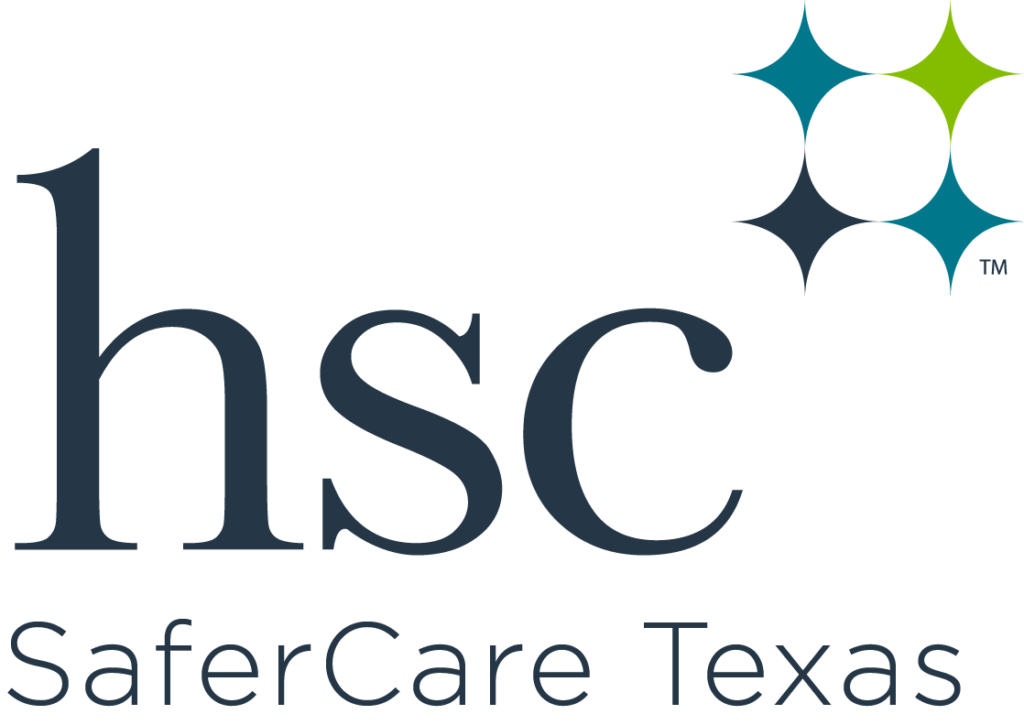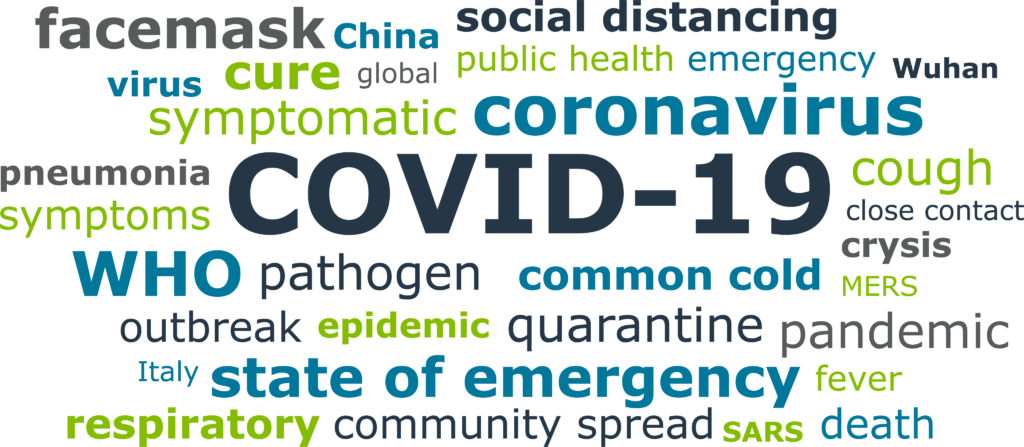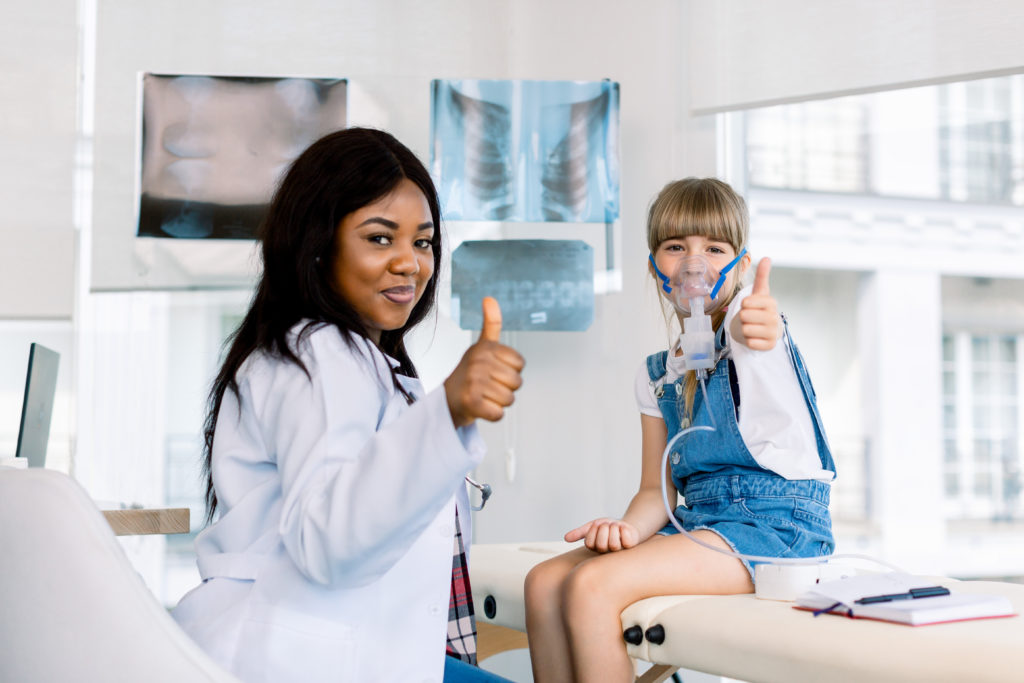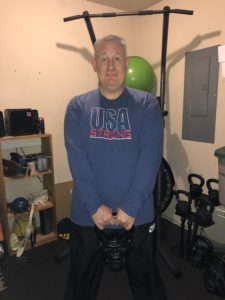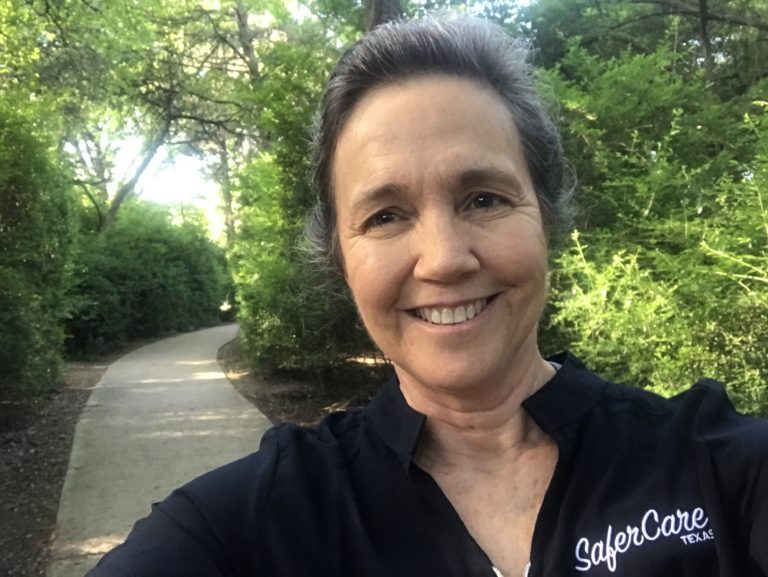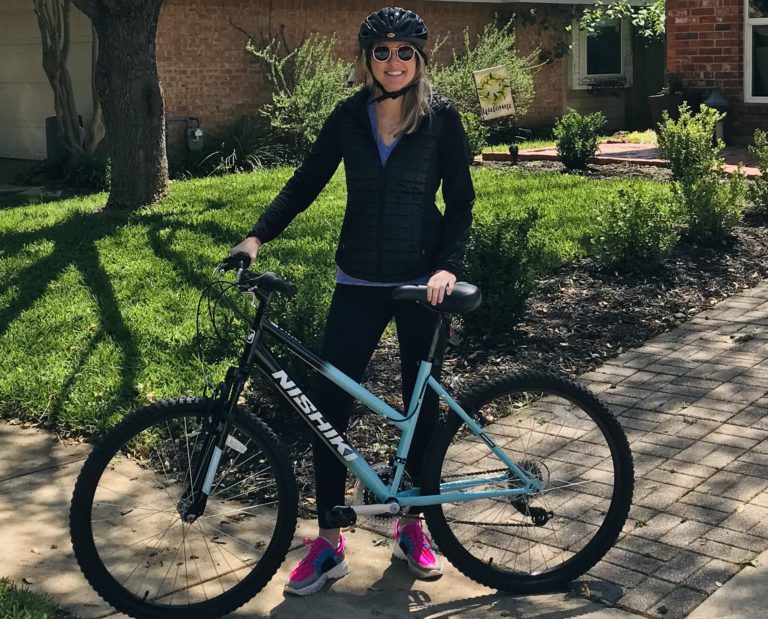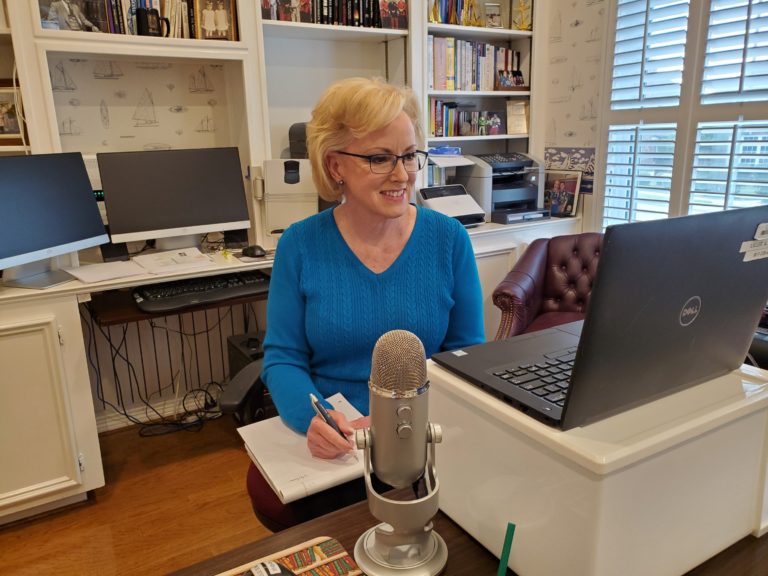#StopTheSpread – Our New Normal
This year has presented new challenges and obstacles we didn’t foresee when planning for 2020. Covid-19 has impacted many lives and devastated the economy. The past couple of months have taught us to be resilient and adaptable due to the ever-changing Covid-19 information. It has not been easy, but it has shown us the importance of working together to overcome this unprecedented time.
As the economy safely reopens, we need to be mindful of our responsibility to the community. It is important we continue to take steps to help safeguard each other and ourselves. Preventing a resurgence of this awful disease requires that we abandon our old version of normal and create a new one. So, what does our new normal look like?
1. Masks in Public
The Centers for Disease Control (CDC) recommends wearing cloth masks in public places to mitigate Covid-19 spread. A cloth mask can be anything that covers the mouth and nose; it can be homemade or a bandana. Because Covid-19 is spread via droplets, masks are necessary to prevent further community spread. The masks do not prevent the wearer from contracting Covid-19, but rather protect the community from unsuspected carriers’ transmission. Those with chronic respiratory ailments (COPD, Pulmonary fibrosis, etc.) should consult their primary care physician regarding wearing masks. The CDC does not recommend masks for children under two. Also, it is unnecessary to wear a mask in your car alone. Furthermore, please refrain from purchasing surgical/N95 masks due to a critical shortage, as these should be reserved for frontline healthcare workers.
2. Physical Distancing
While wearing masks in public places helps prevent Covid-19 spread, social distancing is equally important. The CDC advises to stay 6 feet or 2 arm lengths apart when engaging in public. As you can see from the graphic, Covid-19 spread increases nearly 10-fold over 6 weeks without social distancing. This is because people may transmit the disease before they have symptoms and infect others.
For vulnerable populations like the elderly or immunocompromised individuals, this can be deadly. When at all possible avoid heavily populated areas and continue to shelter in place.

3. Hand Hygiene
With the threat of Covid-19 spread, brushing up on our hand washing skills is important. The CDC advises to wash hands before, after and during preparing food, before eating, after toileting, and after touching an animal or taking out trash, to name a few.
The graphic below illustrates the proper steps to wash your hands. Also, avoid touching your eyes, ears, mouth or nose. Disinfect all frequently used surfaces such as counter tops, refrigerator handles, bathroom counter tops, etc.
As the economy reopens, it is important to maintain these mitigation strategies. While these are not laws, it is our responsibility to keep the community safe. Our new normal is different, even uncomfortable, but necessary to prevent further destruction from the Covid-19 virus.
For additional questions regarding Covid 19 visit the CDC guidelines or contact us.

John Sims, MSN, RN, CNL
SaferCare Texas Director

